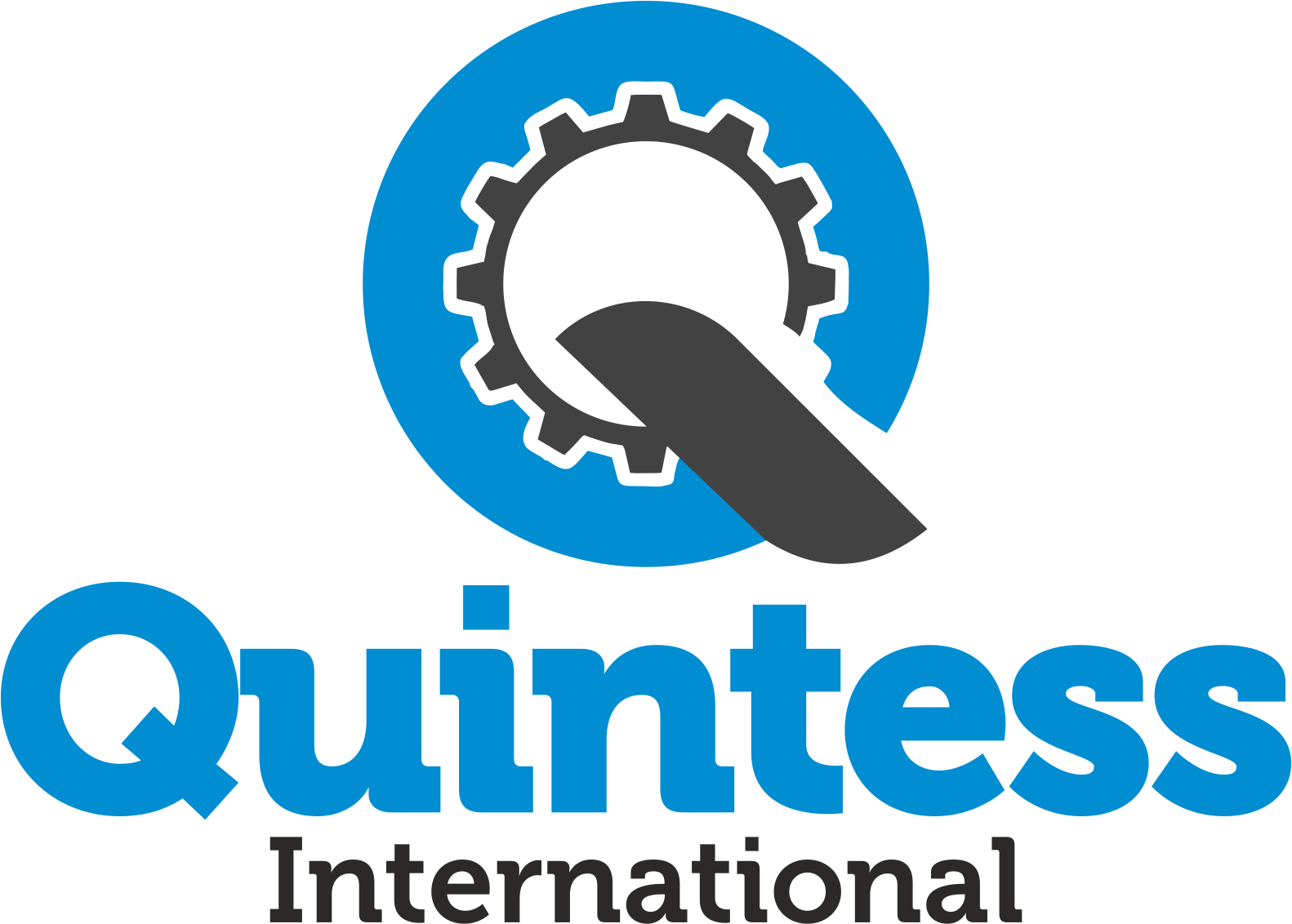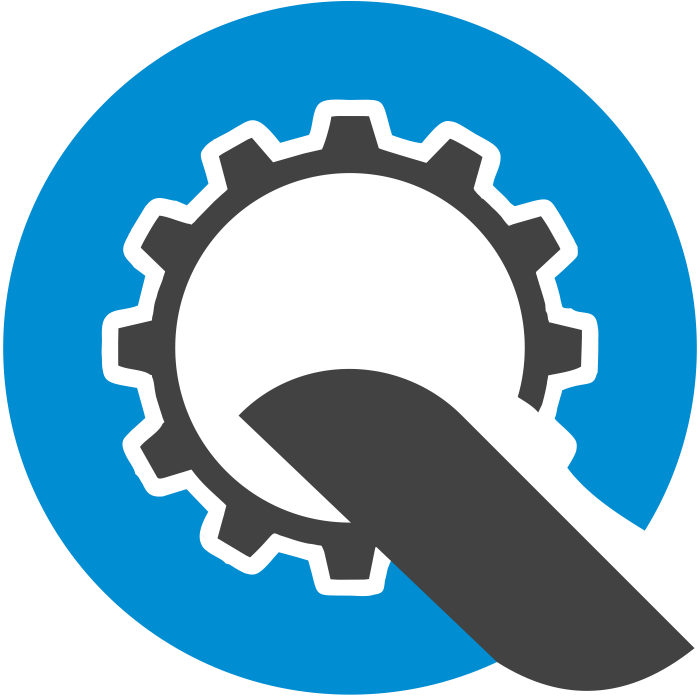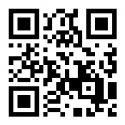The global automotive industry is constantly evolving, and as manufacturers look to meet the growing demand for engine components, exporting cylinder liners has become an increasingly important business strategy. Cylinder liners, essential components in internal combustion engines (ICE), are used to create a smooth surface in the engine cylinders, ensuring optimal performance and longevity. With the automotive market becoming more interconnected and globalized, exporting cylinder liners to international markets presents significant growth opportunities for manufacturers.
In this blog, we’ll explore the growing demand for cylinder liners, the benefits of exporting, and the key steps to consider when entering international markets. We’ll also discuss how businesses can position themselves for success in this competitive industry.
Why Export Cylinder Liners?
The demand for cylinder liners continues to grow worldwide as the need for durable, high-performance engine components remains strong. Cylinder liners are used in a wide range of vehicles, from cars and trucks to motorcycles and industrial engines. While the rise of electric vehicles (EVs) is changing the automotive landscape, internal combustion engines are still widely used in many regions, especially in developing countries. This creates a substantial market for cylinder liners globally.
Exporting cylinder liners can provide numerous benefits:
- Access to New Markets: By exporting, manufacturers can tap into new markets with high demand for engine components, especially in regions with strong automotive industries, such as Asia, Europe, and North America.
- Increased Revenue Potential: Expanding into international markets can significantly boost sales, allowing manufacturers to scale their operations and increase revenue.
- Diversification of Risk: Relying on a single domestic market can expose businesses to economic downturns or market saturation. Exporting helps spread risk across various markets, making the business more resilient.
- Building Brand Recognition: A successful export strategy can enhance your company’s brand presence and reputation in international markets, ultimately leading to long-term growth.
Understanding the Cylinder Liner Market
Before diving into the complexities of exporting cylinder liners, it’s important to understand the market dynamics. Cylinder liners are typically made of cast iron, steel, or aluminum, and their demand is closely tied to the performance requirements of internal combustion engines. The global automotive sector remains a key driver for cylinder liner sales, with emerging markets in countries like China, India, and Brazil offering significant potential.
The global trend toward automotive electrification is gradually reducing the need for traditional engine components. However, many countries are still heavily reliant on ICE vehicles, which means that cylinder liners will remain in demand for years to come. Additionally, the rise of hybrid vehicles (which combine electric motors with traditional engines) also supports the continued demand for cylinder liners.
Steps to Successfully Export Cylinder Liners
Successfully exporting cylinder liners requires strategic planning and a clear understanding of the international market landscape. Here are the essential steps to consider when entering the global market:
-
Research Potential Export Markets
Start by identifying key markets where cylinder liners are in high demand. Consider factors such as:
- Automotive Industry Strength: Countries with a strong presence in vehicle manufacturing, such as Germany, Japan, and the United States, represent lucrative markets.
- Emerging Economies: Countries with rapidly growing automotive industries, like India and Mexico, often require large volumes of engine components, including cylinder liners.
- Market Regulations and Standards: Each country has different regulations regarding automotive components. Ensure that your cylinder liners meet international quality standards and comply with local safety and environmental regulations.
-
Understand the Export Process
Exporting involves navigating various legal, financial, and logistical challenges. Some key steps include:
- Export Documentation: Ensure you have the correct paperwork, such as invoices, certificates of origin, and customs declarations.
- Tariffs and Taxes: Be aware of import duties, taxes, and tariffs that may affect the cost of your products in target markets.
- Logistics and Shipping: Work with reliable shipping partners to manage transportation, delivery, and warehousing. Consider using freight forwarders who specialize in international shipping to simplify the process.
-
Develop a Strong Marketing Strategy
Marketing your cylinder liners to international customers requires a tailored approach. Highlight the quality, durability, and performance of your products. Leverage digital marketing strategies such as SEO, social media, and targeted ads to reach automotive manufacturers and distributors in your target markets. Participate in international trade shows and exhibitions to build relationships with potential buyers.
-
Build Relationships with Distributors and Suppliers
Establishing strong relationships with distributors and suppliers in your target markets is crucial for success. These partners can help you navigate local regulations, connect you with end customers, and provide valuable market insights. Consider attending industry events, trade shows, and conferences to network with potential partners and customers.
-
Ensure Consistent Quality Control
In the competitive world of cylinder liner manufacturing, product quality is key to gaining the trust of international customers. Ensure that your cylinder liners meet or exceed global standards by implementing rigorous quality control processes throughout production. Certifications such as ISO 9001 can help demonstrate your commitment to quality and increase your appeal in international markets.
Challenges of Exporting Cylinder Liners
While exporting cylinder liners presents significant opportunities, it’s important to be aware of potential challenges:
- Cultural and Language Barriers: When dealing with international clients, cultural differences and language barriers can pose communication challenges. Consider hiring local sales representatives or working with translators to bridge these gaps.
- Fluctuating Exchange Rates: Currency fluctuations can impact the profitability of your exports. Be prepared to manage the risks associated with international transactions.
- Competitive Market: The global market for automotive components is highly competitive. To stand out, ensure that your cylinder liners offer superior quality and value for money.
Conclusion:
Exporting cylinder liners to international markets presents an exciting opportunity for manufacturers to expand their reach and tap into growing automotive markets worldwide. By conducting thorough market research, understanding export regulations, and building strong relationships with local distributors, manufacturers can successfully navigate the complexities of international trade.
As the automotive industry continues to evolve, the demand for high-quality cylinder liners will remain strong, especially in regions where internal combustion engines and hybrid vehicles are prevalent. By taking a strategic approach to exporting, manufacturers can ensure long-term success and profitability in a competitive global marketplace.


